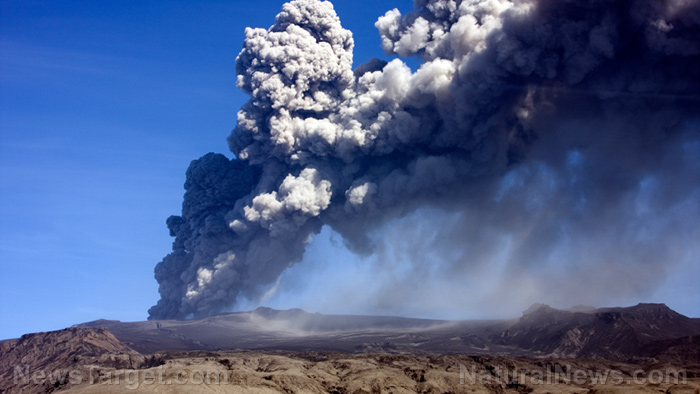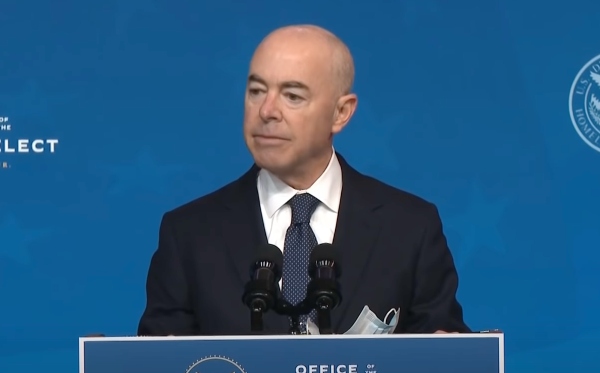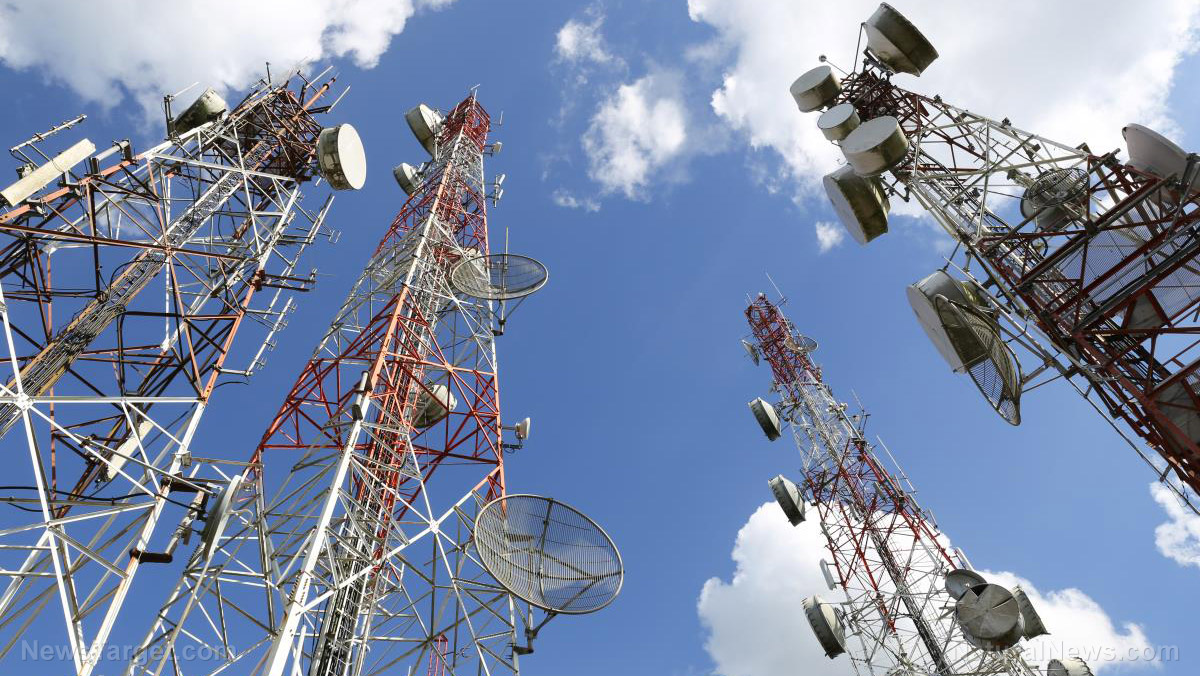
Dubbed Axial Seamount, the “deep-sea magma monster” is the youngest in the Cobb-Eickelberg seamount chain, a 1,120-mile-long line of submarine volcanoes created by a stationary mantle plume below the shifting Pacific tectonic plate.
Scientists aboard the 235-foot research vessel Marcus G. Langseth added that the underwater volcano also sits astride the mid-ocean ridge separating the Pacific Plate to the west and the Juan de Fuca Plate to the east – a crossroads location that ensures the constant rise of magma from the earth’s bowels to the seafloor.
This prime location, according to experts, helps make Axial the most active submarine volcano in the region, with geologists noting records of its eruptions in 1998, 2011 and 2015.
Despite its power and the frequency of its eruptions, experts such as Ken Rubin, a volcanologist at the University of Hawaii at Manoa, say the general population need not be worried, as Axial’s location is remote and deep enough that it is “vanishingly unlikely to ever cause anyone harm.” Still, Axial Seamount’s hyperactivity makes it a prime subject for studies, with the underwater volcano serving as a home to the New Millennium Observatory or NeMO, the world’s first underwater volcano observation facility. Additionally, the volcano has been continuously monitored by an underwater observatory network known as the Cabled Array since 2014.
According to Rubin, this constant monitoring of the underwater volcano and the results of the studies about it could help scientists better understand other volcanoes, particularly those hidden beneath the sea.
“A significant fraction of Earth’s volcanism happens at places like Axial,” Rubin said, in reference to the mid-ocean ridges, which collectively represent a spine of volcanism stretching about 40,000 miles around the world.
Another benefit that could arise from the studies, Rubin added, is that they could minimize hazards arising from other volcanoes that do pose risks to the public, such as Hawaii’s Kilauea volcano, with its constant eruptive episodes; and Anak Krakatau in Indonesia, which triggered a deadly tsunami back in 2018. (Related: How prepared are you for a volcanic eruption?)
What lies beneath Axial Seamount?
While Axial Seamount’s surface has been thoroughly studied, according to Annie Kell, a seismologist at the University of Nevada, Reno, what lies beneath the so-called “magma monster” remains far more ambiguous.
However, until very recently, getting an inside look at underwater volcanoes such as Axial was easier said than done, according to Rubin, citing the structures’ inaccessibility.
With the recent expedition, however, previously murky details soon came to light.
Not only did the structures started showing themselves in three dimensions, their inherent complexities also started becoming more clear to the researchers: Magma sills streaking through the subsurface became more visible; a field of hydrothermal vents was found sitting above a newly-identified third magma cache.
The 3D scans also revealed one other thing: Axial Seamount might be gearing up for another eruption within the next five years.
Scientists arrived at this conclusion after noting that Axial seems to be “breathing" – a movement that happens when magma rises to the surface, according to Bill Chadwick, a seafloor geologist at Oregon State University’s Hatfield Marine Science Center and oceanographer at the National Oceanic and Atmospheric Administration's Pacific Marine Environmental Laboratory (PMEL).
According to seismologists, volcanoes immediately “refuel” or “recharge” with magma right after an eruption.
Scott Nooner, an associate professor of geology at the University of North Carolina, in a NOAA press release, likens the phenomenon to a balloon: “The volcano works like a balloon, inflating with molten rock between eruptions and then quickly deflating as the volcano erupts.”
Chadwick says observing this phenomenon allowed scientists at PMEL's Earth-Ocean Interactions Program to predict the timing of Axial Seamount's two most recent eruptions.
According to data gathered during the expedition, Axial Seamount has already re-inflated almost 2.0 meters or roughly 80 percent of the 2.5 meters that got deflated after its last eruption in 2015.
This new data, according to Chadwick, pushed back their forecasts regarding Axial’s eruption.
“A year ago it appeared the forecast window was between 2020-2022, but now we are widening our forecast window to 2020-2024, because of uncertainty in the rate of inflation,” Chadwick said in an update posted in the PMEL website.
Sources include:
Please contact us for more information.






















